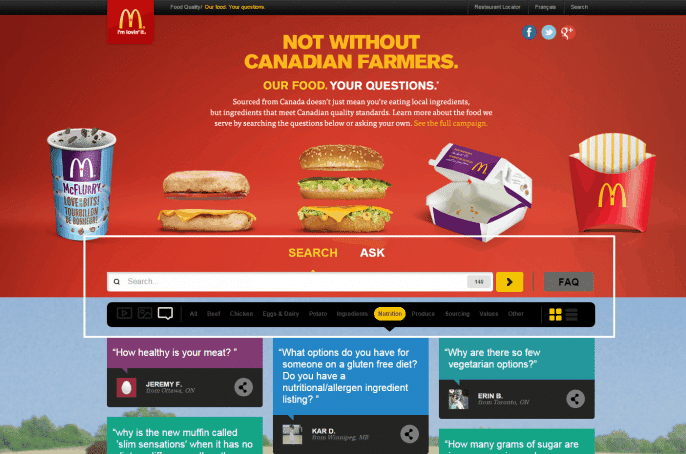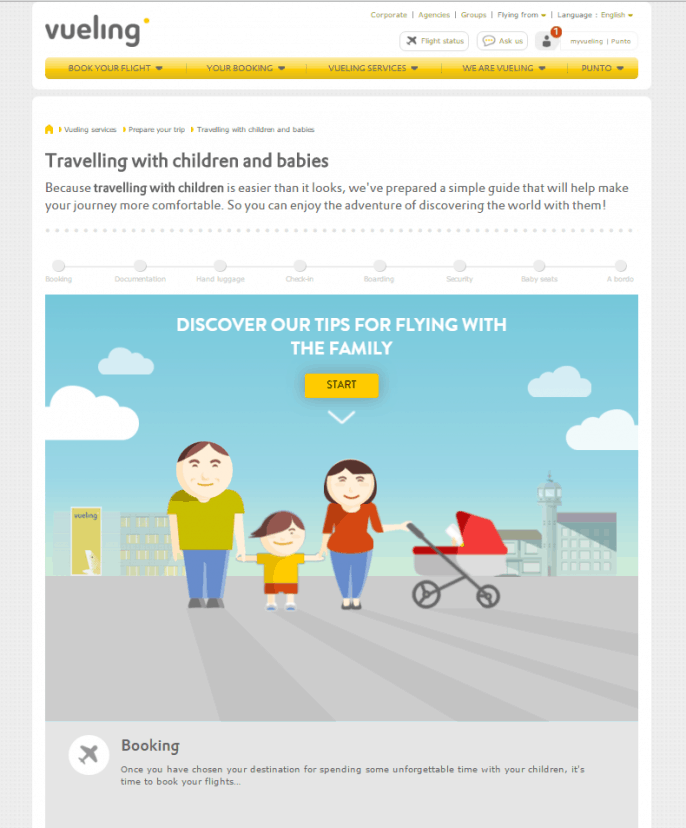Content optimization is a term we instantly associate with website optimization to improve positioning on search engines, such as Google. However, the amount of channels available to drive traffic to our website (and thereby boost brand visibility) means we have to go well beyond using the most common SEO tricks — we need to optimize how we use our content, too. Below you’ll find some examples of how several brands create attractive and interesting content using online environments to circulate it.
In this article you’ll learn…
Make your content go where your users are
How do you know that your users are consuming your content no matter where they are? Make it mobile! Mobile devices are now part of our daily lives and activities, so content should be adapted to them. Louis Vuitton understands this and has adapted its traditional city guides to mobile devices, creating an app with recommendations for different places and information on places of interest, restaurants and cafes, and lots more content that the brand’s consumers will find of interest on their next trip. It’s currently only available for the iPhone and iPad.
https://youtu.be/QPssAi9Qb74
Know your users
No firm or business is above receiving criticism or even suffering from an online reputation crisis. However, we know users prefer to comment on and publish content about bad experiences more than on good ones when it comes to brands. McDonalds is well aware of this and has leveraged it in Canada for their campaign Not without Canadian Farmers. Our Food. Your Questions. This way they are able to answer their customers’ questions about the quality of the ingredients they use. The large volume of questions and answers, over different formats, make it necessary for the brand to adapt the page so that users can easily find the content they are looking for. Therefore, pre-set filters were added to categorize questions by topic and type of content, such as images and video, etc. The site has around 20,000 hits a month, with the majority of searches saying “What happened to McGriddles?”
Know your users
Okay, so you have lots of traffic from social media, you have great positioning on search engines, your website has been linked by several industry publications driving traffic your way, but this could all go up in smoke at any moment! Remember, that your positioning on all of these platforms depends on others (algorithm changes on search engines, decreased organic visibility on social media, etc.). All of this means brands have to find new ways of connecting and maintaining a relationship with their users. Acciona, for example, on its Sostenibilidadparatodos.com site, offers to send you an e-book with 50 tips on sustainable energy saving — all you have to do is type in your email address. This technique makes it much easier for brands to maintain a relationship with their users by following up via email.
Make it interactive and fun!
Standing out from the competition is key to getting users’ attention and making sure that they remember your brand, at a time when we are swamped with content written by other brands, bloggers and Internet users in general. Vueling does it very well with this infographic advising passengers on the steps for travelling with babies and small children. The infographic includes links to relevant websites and content. At the end, they include this information which is of great use for parents, and you can also download and print this travelling with children certificate! Isn’t that neat?
Adapt your content to each social media platform
Understanding the channels your users are on is very important, and it’s even more important to know how to combine those channels to distribute your content. Greenpeace Spain launched this campaign alongside some “climate change heroes” featuring a website with stories of some of the people getting signatures that demanded politicians to create an efficient renewable energy model at the United Nations Climate Change Conference. What’s interesting about this action is that it combines elements related both to social media (such as the Facebook header we can see below) and different Twitter posts using the hashtag #Heroesporelclima.
As we said at the beginning, there’s more to just search engine optimization, which is why when designing and creating content you should think about:
- Adapting to mobile devices
- Optimizing for different social media channels
- Making information easy to find when content has a broad topic
- Getting to know your users by offering little content “goodies”
- Make it interactive and fun
If you have any additional tips, please leave us a comment!


